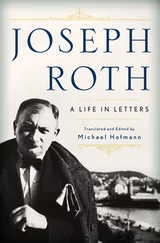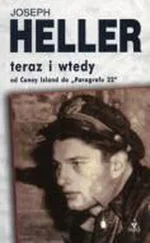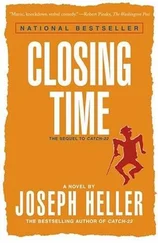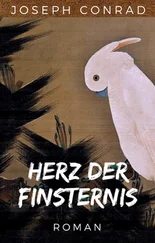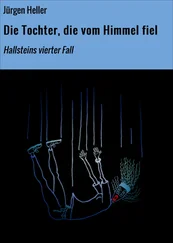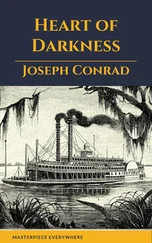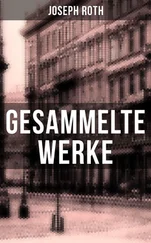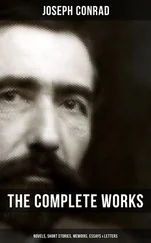I do not recall that the novel was included in the several hundred books in the Christmas roundup of recommended reading of the Times that year or in the several hundred others picked out in the spring for summer reading.
But in late summer of 1962, Raymond Walters, on the bestseller page of the Sunday Times, which then carried regularly the column “In and Out of Books”, reported that the underground book New Yorkers seemed to be talking about most was Catch-22. (The novel probably was more heavily advertised than any other that year, but it was still underground.) Not that much later, Newsweek carried a story to the same effect in a space more than a page wide. And late that same summer, I was invited to my first television interview. The program was the Today show, then a variety show as much as anything else. The interim host was John Chancellor. Mr. Chancellor had recently returned from his newsman’s post in the Kremlin, and he had agreed to accept the position on condition that he interview only those people he himself chose to.
After the show, in a bar close by the studio in which I found myself drinking martinis at an earlier hour than ever in my life, he handed me a packet of stickers he’d had printed privately. They read: YOSSARIAN LIVES. And he confided he’d been pasting these stickers secretly on the walls of the corridors and in the executive rest rooms of the NBC building.
Then came September and the paperback edition and with it, finally, an expansion in popular appeal that seemed to take the publishers, Dell, by surprise, despite elaborate promotion and distribution strategies. It seemed for a while that the people there could not fully bring themselves to believe the sales figures and that they would never catch up.
Paperback publishers print in the hundreds of thousands. For this, after an initial release of 300,000 copies, they went back to press five more times between September and the end of the year, twice each in October and December, and by the end of 1963, there were eleven printings. In England, under the auspices of the enterprising young editor, there Tom Maschler, it was that way from the start. Bestseller lists were new and rudimentary then, but Catch-22 was quickly at the head of them.
For me the history of Catch-22 begins back in 1953, when I started writing it. In 1953, I was employed as a copywriter at a small advertising agency in New York, after two years as an instructor in English composition at Pennsylvania State University, which was then a college. Early on, in anxious need of an approving opinion, I sent the opening chapter off to the literary agents I had managed to obtain after publishing a few short stories in magazines, in Esquire and The Atlantic. The agents were not impressed, but a young assistant there, Ms. Candida Donadio, was, and she secured permission to submit that chapter to a few publications that regularly published excerpts from “novels in progress”.
In 1955 the chapter appeared in a paperback quarterly, New World Writing (an anthology that also contained, under a pseudonym, an extract from another novel in progress-Jack Kerouac’s On the Road ). There came complimentary letters of interest from a few editors at established book publishers, and I was encouraged to continue with a work I now saw realistically was going to take me a good many years longer than I at first had guessed.
In 1957, when I had about 270 pages in typescript, I was employed at Time magazine, writing advertising-sales presentations by day when not furtively putting thoughts down on paper for my work on the novel at home that evening. And Candida Donadio was establishing herself as a pre-eminent agent in her own right, with a list of American authors as clients as impressive as any. We agreed it made sense to submit the partial manuscript to some publishers, mainly to obtain a practical idea of the potential for publication of the novel we both thought so much of. She was drawn toward a new young editor she knew of at Simon amp; Schuster, one she thought might prove more receptive to innovation than most. His name was Robert Gottlieb, and she was right.
While Gottlieb busied himself with those pages, I, with a four-week summer vacation from bountiful Time magazine, began rewriting them. Gottlieb and I met for lunch, mainly for him to gauge my temperament and ascertain how amenable I would be as an author to work with. After I listened to him allude with tact to certain broad suggestions he thought he eventually might be compelled to make, I handed him my new pages with the boastful response that I had already taken care of nearly all of them.
He surprised me with concern that I might take exception to working with someone so young-he was twenty-six, I think, and I was thirty-four. I was more greatly surprised to learn from him later that both he and his closest colleague at Simon amp; Schuster, Nina Bourne, were intimidated at first by an air of suspicion I projected that I did not know I even possessed. I have not been suspicious of him since, and I doubt very much that Gottlieb, who went on to become the head of Alfred A. Knopf and then the editor of The New Yorker magazine, has ever again been intimidated by anybody.
And what I still remember most agreeably about him is that he did not ask for an outline or once seek for even a hint of where this one-third of a novel he’d seen was going to go. The contract I received called for an advance of fifteen hundred dollars, half on signing, which I did not need, and the remainder on completion and acceptance.
Probably, I was his first novelist, but not his first to be published; other authors with completed manuscripts came to him in the three more years I needed to finish mine. Probably, I was Candida’s earliest client too. Both were as delighted as I was with the eventual success of Catch-22, and the three of us have been reveling in our recollections of the experience ever since.
On February 28, 1962, the journalist Richard Starnes published a column of unrestrained praise in his newspaper, The New York World-Telegram, that opened with these words: “Yossarian will, I think, live a very long time.”
His tribute was unexpected, because Mr. Starnes was a newspaperman in the hard-boiled mode whose customary beat was local politics, and the World-Telegram was widely regarded as generally conservative.
To this day I am grateful to Mr. Starnes for his unqualified and unsolicited approval and bless him for the accuracy of his prediction. Yossarian has indeed lived a long time. Mr. Starnes has passed on. Many people mentioned in that first advertisement have died, and most of the rest of us are on the way.
But Yossarian is alive when the novel ends. Because of the motion picture, even close readers of the novel have a final, lasting image of him at sea, paddling toward freedom in a yellow inflated lifeboat. In the book he doesn’t get that far; but he is not captured and he isn’t dead. At the end of the successor volume I’ve just completed, Closing Time (that fleeing cartoon figure is again on the book jacket of the American edition, but wearing a businessman’s chapeau and moving with a cane), he is again still alive, more than forty years older but definitely still there. “Everyone has got to go,” his physician friend in that novel reminds him with emphasis. “Everyone!” But should I ever write another sequel, he would still be around at the end.
Sooner or later, I must concede, Yossarian, now seventy, will have to pass away too. But it won’t be by my hand.
Joseph Heller, 1994
East Hampton, New York

